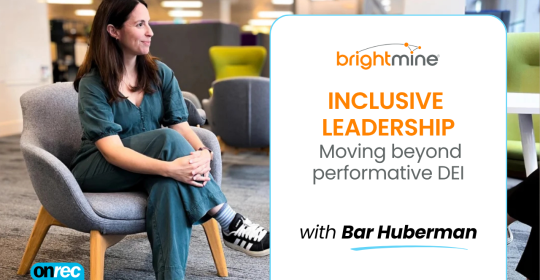The visual cues that convince a candidate to continue a journey online to an actual conversion are quite fascinating, and highly relevant to ensuring your website serves as an effective lead generation portal. For recruiters, knowing what brings candidates to your site is one thing; understanding what keeps them there is the true measure of an effective recruitment website.
We’re confident on mobile-led web design going forward, as audiences are moving increasingly toward these avenues as the journeys become better and more clear. Provided, of course, that they actually are. The results of a bad mobile UX for a website visitor are significant: Research shows 57% of users won’t recommend a business with a poorly designed mobile site. For e-commerce users, two in five users faced with a poor mobile experience would move to a competitor’s site.
So what kinds of visual cues factor into online lead generation? Taking a hint from our ebook on data-driven web design, we offer several different considerations you should account for heading into a new recruitment web design project.
Call-To-Actions
If you spend the majority of time reviewing your web design project in a desktop format, your calls-to-action (CTAs) may suffer on other platforms, like mobile and tablet.
An obvious challenge presented by mobiles is that on smaller screens, you have less space to work with, but also need to allow for white space that doesn’t crowd the screen. If you don’t account for this, it could mean that critical CTAs that display prominently on a desktop screen may get pushed down, hidden or even lost on a mobile screen.
From your perspective, be it mobile or desktop, you’ll want the users visiting your site to perform certain specific actions. If the CTAs are difficult to find or even hidden as a result, your busy mobile user is unlikely (and moreover, shouldn’t be expected) to make the effort to hunt them down. As with the earlier mention of a bad mobile UX, unreachable CTAs on a mobile platform could do significant damage to your brand’s reputation.
Fonts
Fonts are a factor in website psychology in a number of ways. We go into significant depth on how fonts affects the user journey in the aforementioned data-driven web design ebook. For now, here’s a cheat sheet version of what you need to keep in mind with fonts:
-
Maintain a minimum number of font variants and use them consistently
-
Reduce any space-eating font sizes
-
Take care of extenuating space-eating matters attached to fonts, such as
-
line height;
-
margin size and;
-
space between paragraphs.
-
Matters like these can ensure your copy is legible, inviting and easy for the reader to navigate on their path to a completed job application.
Tracking
Another great psychological measurement of user activity on your website is the tracking analysis of their movement, paths and progressions within a given web page itself. Software today increasingly focuses and analyses what users are looking at, and the direction they take as they look at it. Alternatively, tools like Mouseflow allow a brand to track the direction or directions that a cursor took in visiting the given webpage.
With this technology, recruiters can get to the heart of the user experience, and determine if adjustments need to be made to accommodate their expectations. Colour, fonts and CTAs alike play a significant role in tracking analysis: colour, for one, can affect 90% of the actions a viewer undertakes. Likewise, if your chosen fonts employ serifs or sans serifs, it could go a long way in how the visitor perceives your brand.
The psychology behind what visitors do on your website is a matter every recruitment brand needs to account for and consider. Design is critical in creating a lead generating website, but platform, UX and performance need to be given equal importance heading forward.
If you're looking for the best candidate attraction and CRM experience watch this short video.






